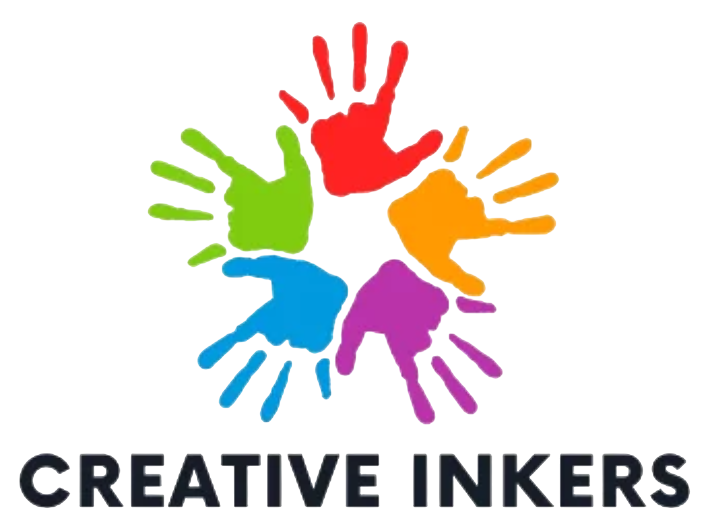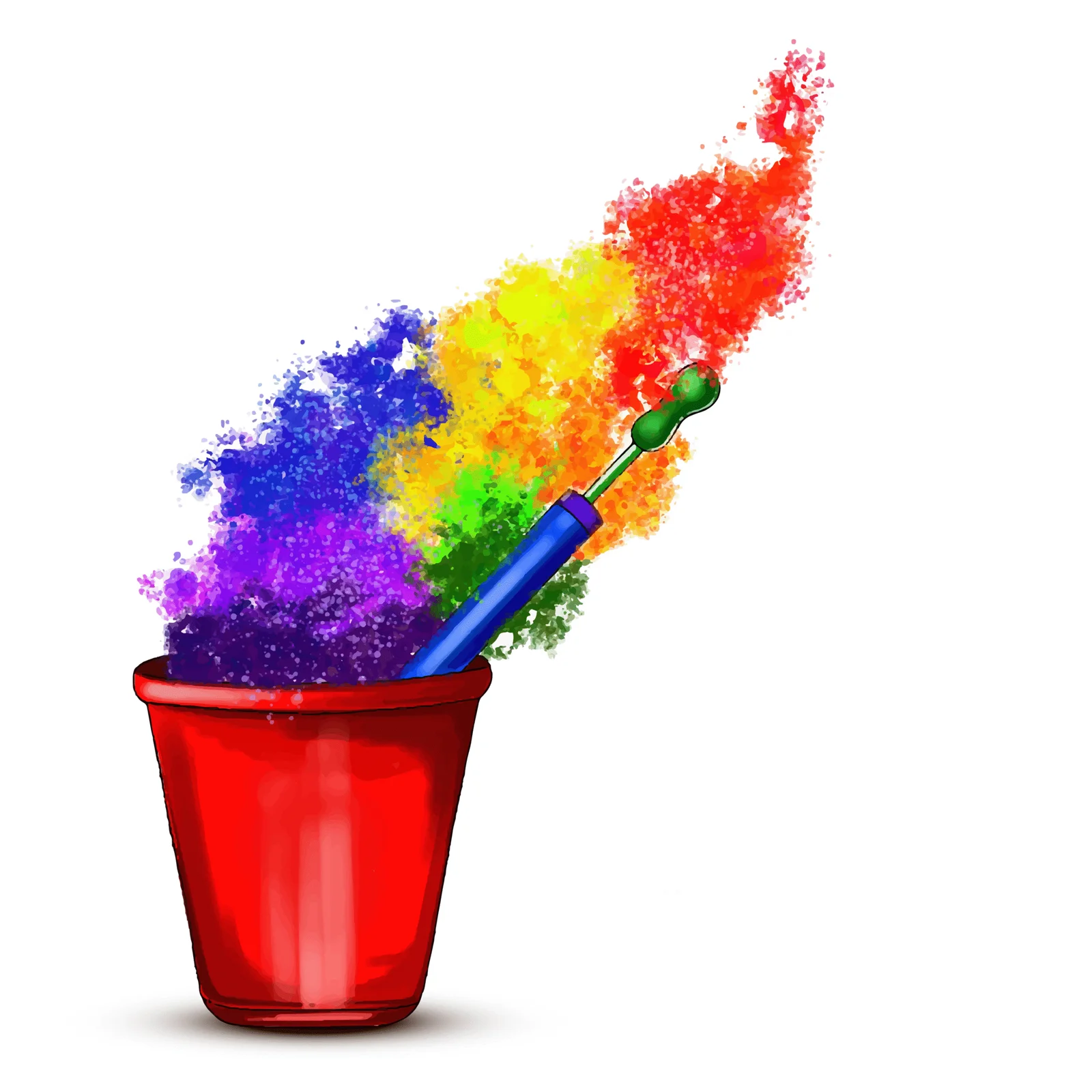Introduction
If you’re a creative inker looking to add iconic characters like Betty Boop to your portfolio, buying high-quality sublimation designs (or DTF transfers) can give your product line a boost. But where should you look to find legitimate, usable designs? In this post, we’ll explore the top places to buy Betty Boop sublimation assets, plus tips on licensing, quality, and applying them to real products like sublimation shirts, dtf transfers, and print on demand items.
1. What to look for in a good sublimation / DTF design purchase
Before diving into vendors, here are criteria that separate a mediocre file from a professional asset:
-
Commercial license / usage rights: Always confirm you have the rights to sell the design on merchandise (shirts, mugs, etc.).
-
High resolution / quality: 300 DPI or higher; vector or layered (if relevant) so scaling works well.
-
Transparency / clean cutouts: PNG with transparent background or vector formats are ideal.
-
Color separation (for DTF): If selling DTF transfers, designs with separate layers or channels help with underbase, white ink, etc.
-
Mockups / previews: Good preview images show how it looks on garments or real products.
-
File types & flexibility: PSD, AI, PNG, SVG — more formats give you more flexibility.
-
Seller reputation & reviews: Look for past buyer feedback.
2. Top marketplaces and shops to buy Betty Boop sublimation designs
Here are reliable sources (with caveats) where you may find Betty Boop design assets:
2.1 Etsy (digital download shops)
Etsy has a large collection of Betty Boop sublimation / PNG / SVG files. Searching “Betty Boop sublimation” yields over 2,000 items. Etsy
Pros:
-
Many small designers offering instant download
-
Often include commercial licenses (check carefully)
-
Built-in marketplace, easy checkout
Cons / watchouts: -
Some designs are not legally licensed — responsibility is on buyer
-
File quality and licensing vary per shop
When using Etsy, filter for “commercial license” or ask the seller directly. Always download samples and inspect the file before using it on products.
2.2 Payhip / independent digital shops
Shops like Payhip allow designers to sell digital files directly. For example, a “Betty Boop Tumbler PNG – 20oz Betty Boop Tumbler Design” is sold for about $2.00 on Payhip. Payhip
Pros:
-
Direct sale — fewer middlemen
-
Often more licensing clarity (seller can state terms)
-
Better margins for the designer
Cons: -
Less marketplace traffic (you’ll need to find the shop)
-
Reputation depends entirely on that shop
2.3 Specialty design shops / clipart stores
Some shops specialize in digital clipart and sublimation designs. One example is The KDoll, which sells a “Betty Boop sublimation design” (PNG) for around $5.99. Crafted Uniquely By Me
Pros:
-
Often higher quality, better support
-
The shop may offer bundles, variant formats
Cons: -
Slightly higher price
-
Must verify license for merchandise use
2.4 Licensed character art houses / official license holders
If you can find a shop or graphic house that holds the official Betty Boop license (or works under license), those are safest legally. These are rarer and often more expensive, but they mitigate legal risk.
Tip: Check for “officially licensed” or “licensed character graphics.”
2.5 Marketplaces / print-on-demand platforms (with design stores)
Some POD marketplaces or platforms allow third-party designers to sell their designs. You might find Betty Boop designs bundled there, especially for products.
Pros:
-
Integration with printing & fulfillment
-
Less concern about file placement — you upload to products
Cons: -
You often can’t extract raw high-resolution files (just the design on product)
-
Licensing is tricky — sometimes the POD handles it, sometimes not
3. Managing licensing & copyright for Betty Boop designs
Because Betty Boop is a copyrighted/licensed character, your safest path is:
-
Obtain explicit commercial license — read the fine print.
-
Avoid reselling the raw files unless allowed — some licenses only permit application to products, not resale.
-
Keep license documentation in your records.
-
Use watermarking or mockups in portfolio, but don’t expose source files.
-
Monitor regional restrictions — in some regions, characters have different licensing rules.
-
Be prepared for takedowns / enforcement — if you use design without proper rights, platforms like Etsy or POD services may remove listings.
4. Applying designs to real products (sublimation, DTF, POD)
Once you have a design you’re legally cleared to use, here’s how to use it:
-
Sublimation shirts: Use high-resolution PNG or vector, apply with heat + sublimation ink on polyester fabric or polyester-coated items.
-
DTF transfers: Use design files with good color separation; output to a DTF printer or send to a transfer house.
-
Print on demand: Upload the design to your POD partner (Printful, Printify, etc.) and apply it to shirts, mugs, tumblers, etc.
Always test a sample first to check color accuracy, alignment, and look.
5. Comparison table: Where to buy & pros vs cons
| Source | Best for | Price Range / Typical | License Clarity | Risk Level |
|---|---|---|---|---|
| Etsy digital shops | quick access, many variants | $1–$10+ | Varies — check each shop | moderate |
| Payhip / independent designers | direct, clearer terms | $2–$10 | Better clarity | moderate to low |
| Specialty clipart shops | higher quality / curated | $5–$20+ | Usually clearer | low to moderate |
| Licensed character houses | highest legal safety | higher end pricing | explicit licensed | low |
| POD marketplaces with integrated designs | convenience | included in product | bundled use | mixed |
6. Case example: launching a Betty Boop sublimation shirt
Let’s walk through a hypothetical process:
-
Find a Betty Boop PNG with full commercial license on Payhip or Etsy (check carefully).
-
Download the file. Examine it in your design software (Affinity, Photoshop, etc.).
-
Adjust color or size if needed (if allowed by license).
-
Use a POD platform (Printful, etc.) to apply the design to a sublimation shirt.
-
Order a sample to verify print quality.
-
List your shirt in your shop with mockups, product descriptions, and specify that the design is licensed.
-
Market via social media, keywords (“Betty Boop sublimation shirts,” etc.).
-
Monitor sales, customer feedback, and ensure licensing compliance.
7. Tips for success & pitfalls to avoid
-
Beware of “free” Betty Boop PNGs — many are infringing or unlicensed.
-
Always contact the seller for clarification on rights if it’s not explicit.
-
Retain license agreement screenshots or PDFs — in case of future disputes.
-
Scale thoughtfully — don’t upload to multiple POD services before verifying rights.
-
Use high-quality mockups — show the design on real garments or tumblers.
-
Offer bundles or matching items (shirt + tumbler) using the same Betty Boop design to boost AOV (average order value).
-
Stay current with licensing changes — sometimes sellers lose rights or license policies change.
shop now on creative inkers: Betty Boop Archives – Creative Inkers

